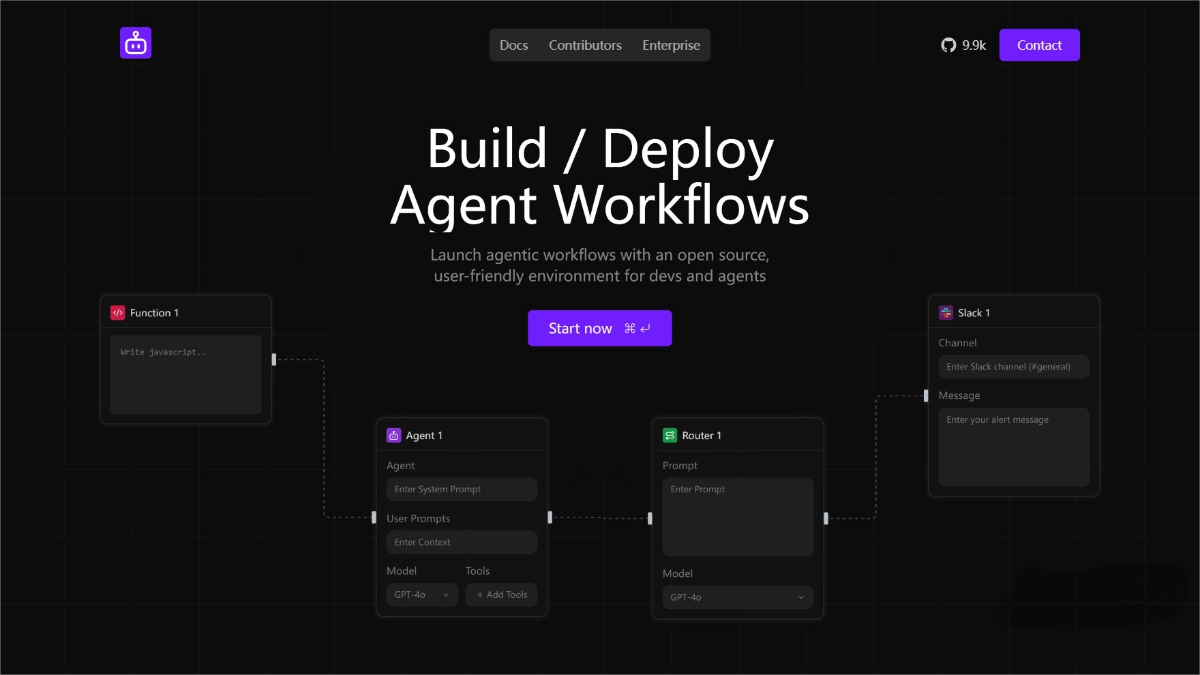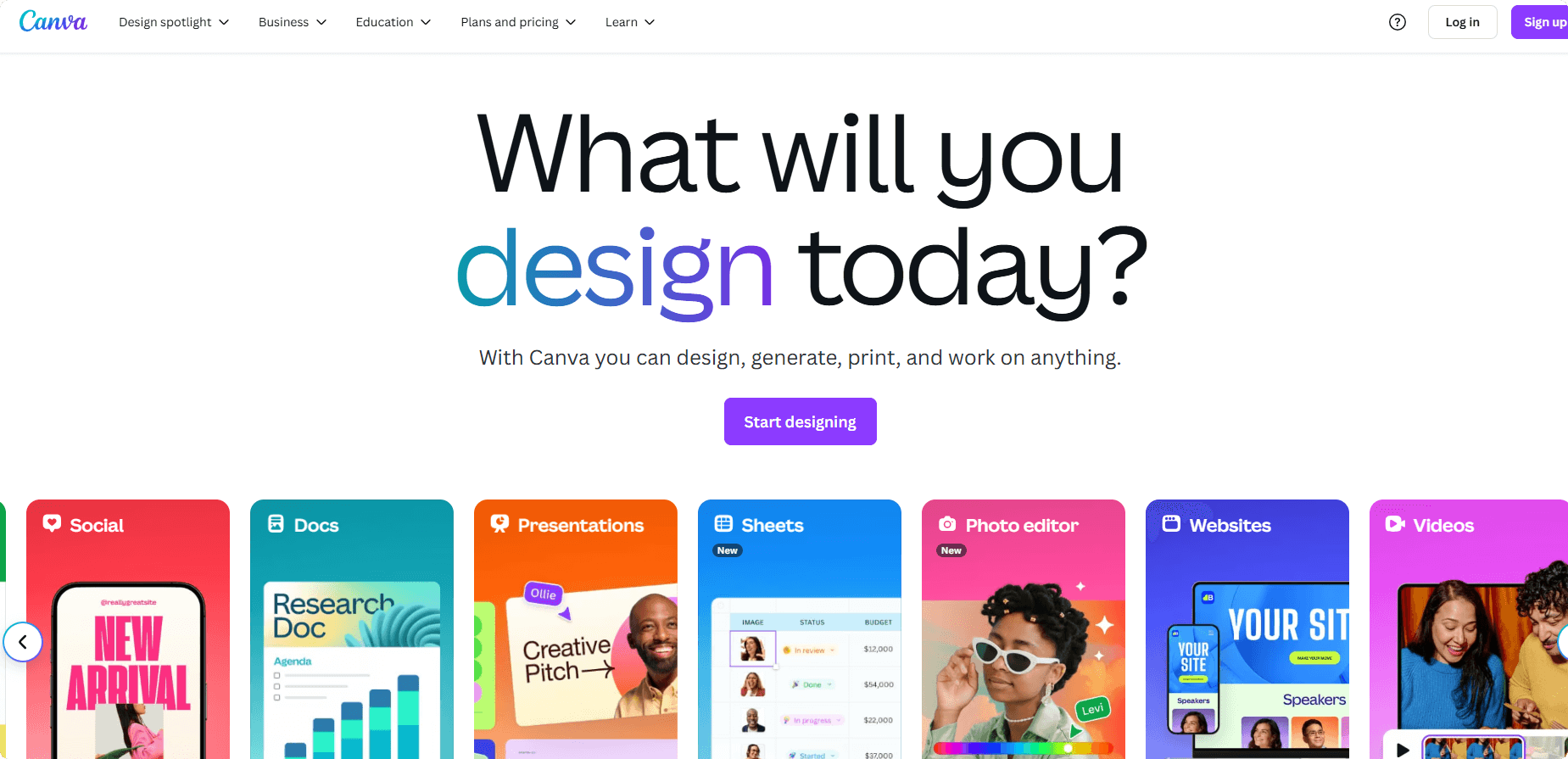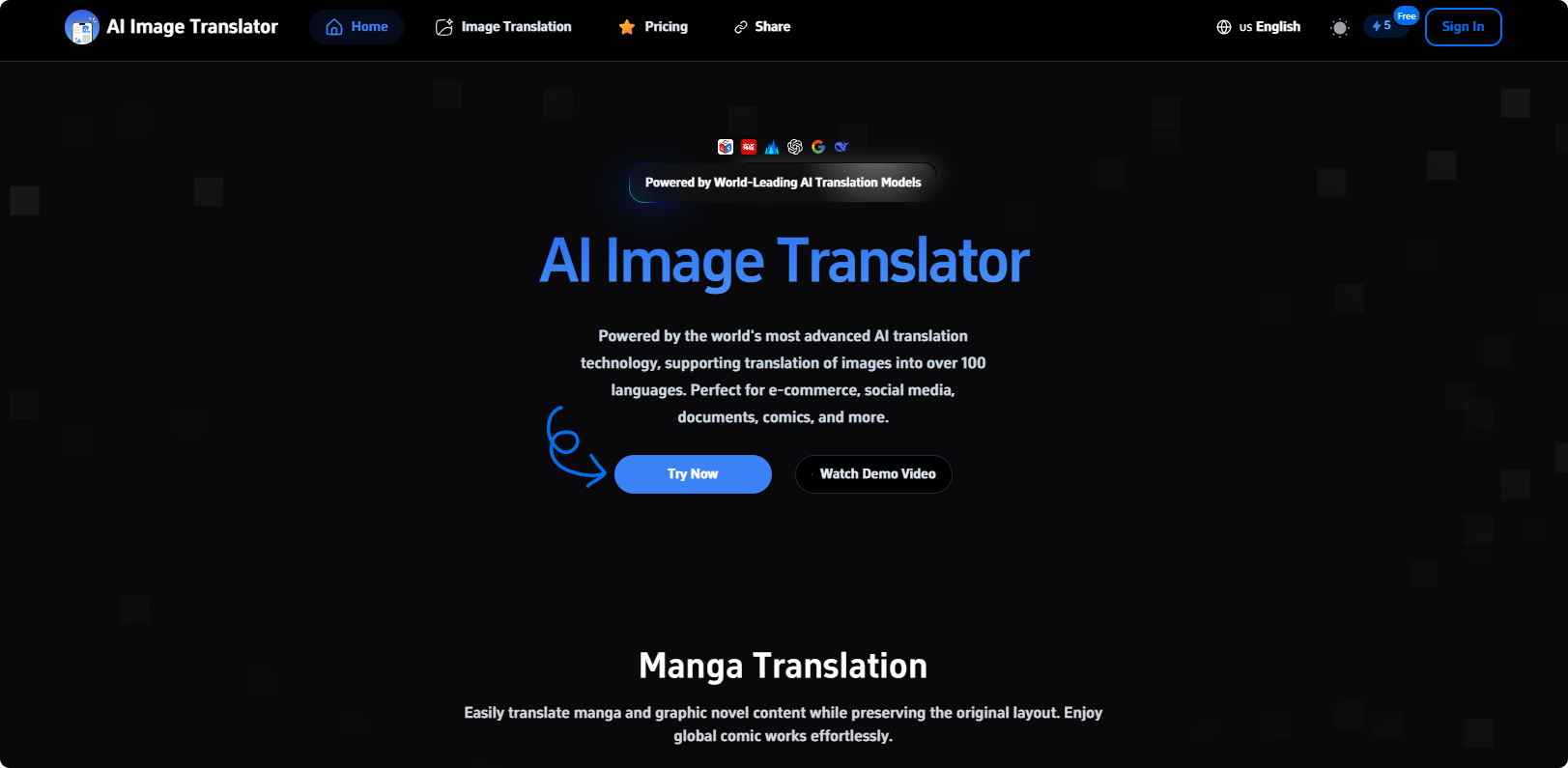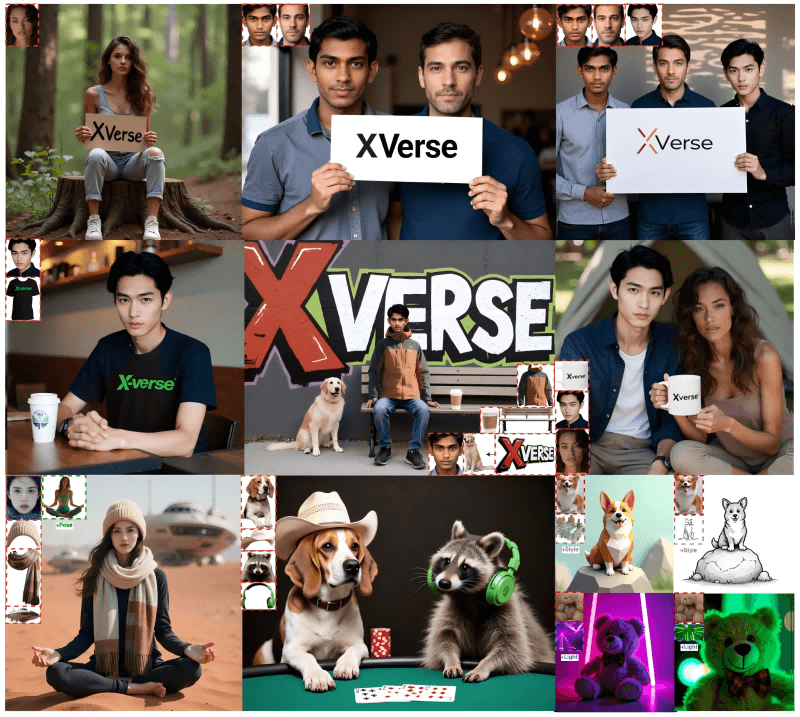What is HumanOmniV2?
HumanOmniV2 is an open-source multimodal reasoning model developed by Alibaba Tongyi Lab. The model is based on a forced context summarization mechanism, a large-model-driven multidimensional reward system, and an optimization training method based on GRPO. It addresses the challenges of insufficient global context understanding and simplistic reasoning paths in multimodal reasoning. Before generating answers, the model systematically analyzes visual, auditory, and language signals to construct a complete scene context, accurately capturing hidden logic and deep intentions in multimodal information. HumanOmniV2 performs excellently on benchmarks like IntentBench, achieving an accuracy of up to 69.33%, providing an important reference for AI to understand complex human intentions. The model is now open-sourced for research and applications.
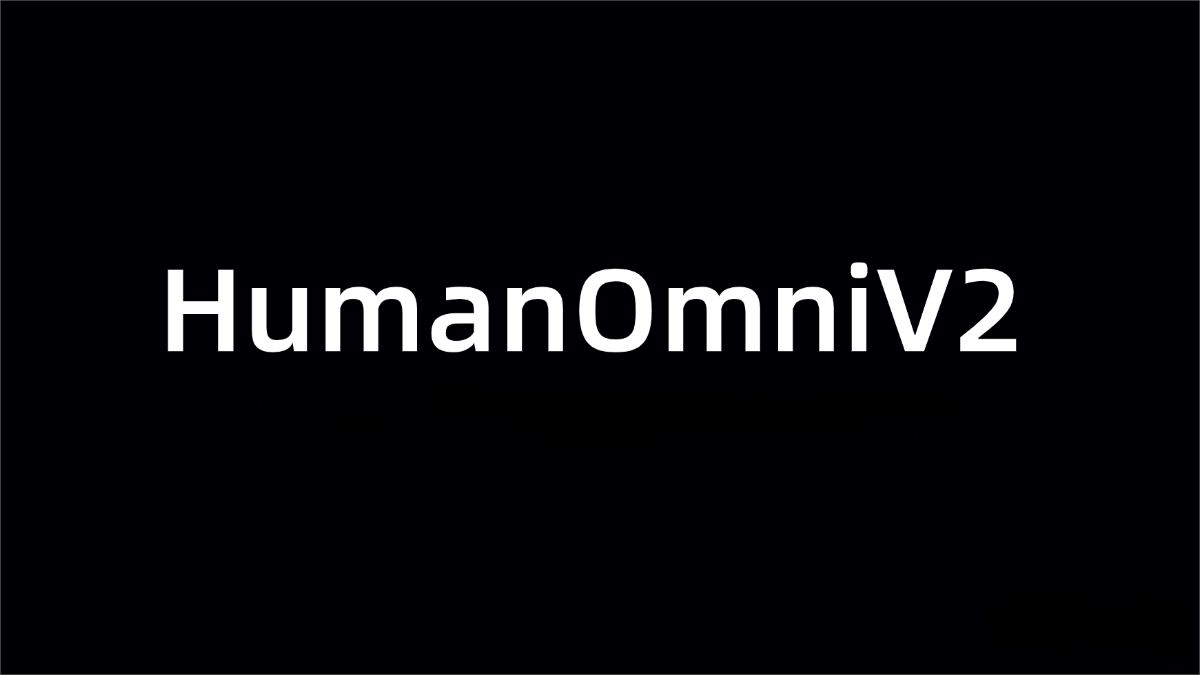
Key Features of HumanOmniV2
-
Comprehensive Multimodal Understanding: Integrates analysis of visual, auditory, and language signals from images, videos, audio, and other input forms, capturing hidden information and deep logic.
-
Accurate Human Intent Reasoning: Based on systematic contextual analysis, precisely interprets true intentions in dialogues or scenarios, including complex emotions, social relationships, and latent biases.
-
Structured Reasoning Path Generation: During reasoning, the model outputs detailed context summaries and reasoning steps, ensuring transparency and interpretability.
-
Handling Complex Social Scenarios: Identifies and understands emotions, behavioral motivations, and social relationships in complex social interactions, providing judgments more aligned with human cognition.
Technical Principles of HumanOmniV2
-
Forced Context Summarization Mechanism: Before producing the final answer, the model outputs a context summary within a
<context>tag to ensure no critical multimodal input information is missed. This structured design helps the model systematically analyze visual, auditory, and language signals to build a complete scene background. -
Large Model-Driven Multidimensional Reward System:
-
Context Reward assesses the accuracy of the model’s understanding of the overall multimodal context.
-
Format Reward ensures outputs comply with structured requirements.
-
Accuracy Reward boosts the correctness of answers.
-
Logic Reward encourages advanced reasoning methods like reflection, induction, and deduction, avoiding simplistic text-based inference.
-
-
GRPO-Based Optimization Training Method:
-
Introduces token-level loss to address imbalance in long sequence training.
-
Removes question-level normalization to prevent weighting bias among samples of different difficulty.
-
Applies dynamic KL divergence mechanism to encourage exploration in early training and stable convergence later, improving generalization and training stability.
-
-
High-Quality Full-Modal Reasoning Training Dataset: Comprises image, video, and audio tasks with detailed context summaries and reasoning path annotations, providing a solid foundation for cold-start training and reinforcement learning.
-
New Evaluation Benchmark IntentBench: Contains 633 videos and 2,689 related questions closely linked to auditory and visual clues in videos, focusing on assessing the model’s deep understanding of human behavior motives, emotional states, and social interactions.
Project Links
-
GitHub Repository: https://github.com/HumanMLLM/HumanOmniV2
-
HuggingFace Model Hub: https://huggingface.co/PhilipC/HumanOmniV2
-
arXiv Paper: https://arxiv.org/pdf/2506.21277
Application Scenarios of HumanOmniV2
-
Video Content Understanding and Recommendation: Analyzes emotions, character relationships, and scene backgrounds in videos to provide precise content recommendations on video platforms, helping users discover videos better matching their interests and moods.
-
Intelligent Customer Service and Experience Optimization: Analyzes customer emotions and needs via voice and text, providing real-time feedback for customer service systems to help staff better handle inquiries and improve customer satisfaction.
-
Emotion Recognition and Mental Health Support: Combines voice tone, facial expressions, and language content to identify users’ emotional states, assisting mental health applications in providing more accurate emotional support and intervention suggestions.
-
Social Interaction Analysis and Optimization: Analyzes interactions on social platforms to identify potential misunderstandings or conflicts, helping optimize social recommendations and user interaction experiences to enhance platform harmony.
-
Education and Personalized Learning: Analyzes students’ emotions and behaviors during learning to offer personalized learning suggestions for online education platforms, helping teachers optimize teaching content and methods to improve learning outcomes.
